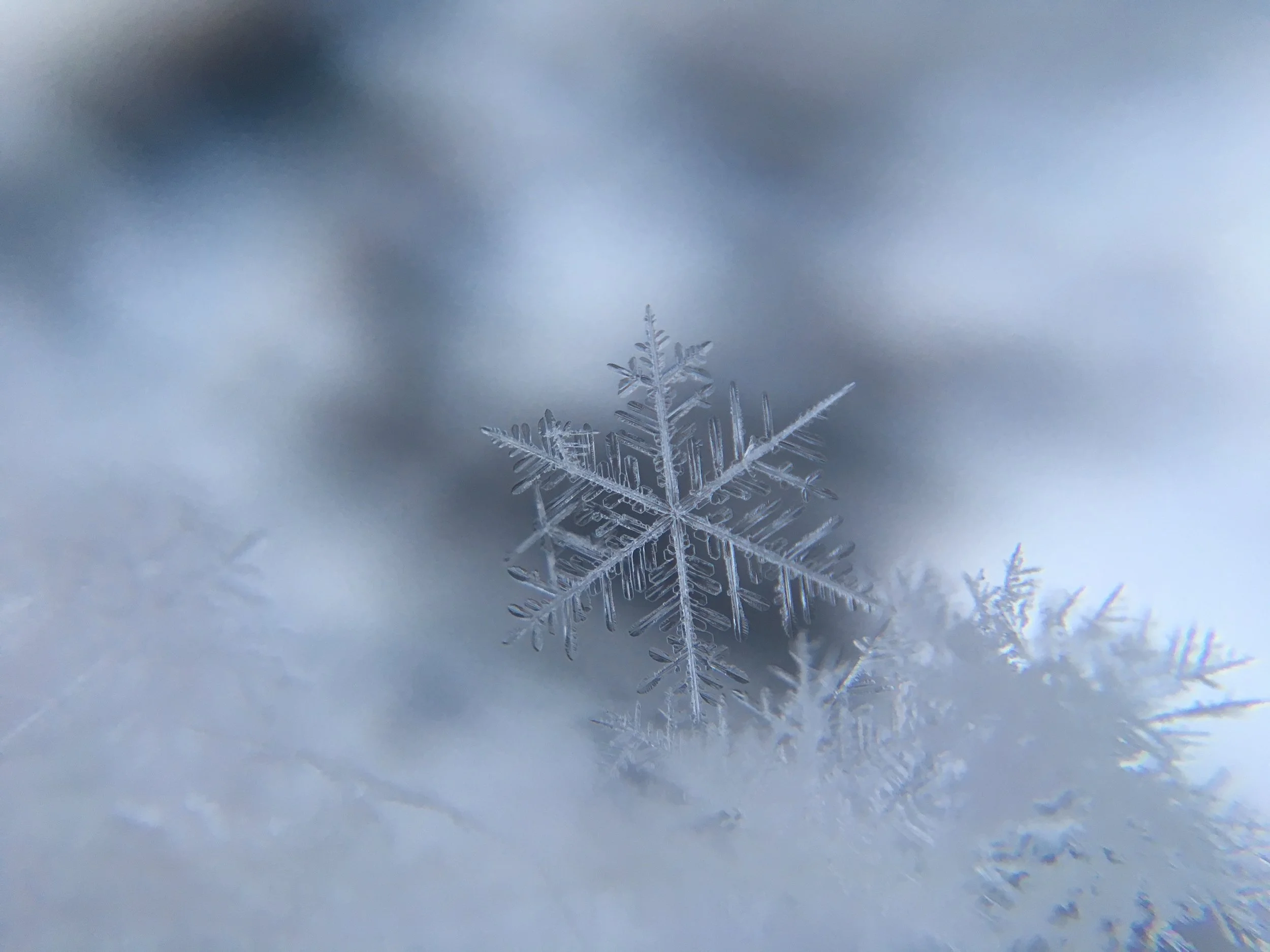Dear Dave,
I occasionally use salt on my driveway to melt snow. It is north facing and I have a heck of a time getting it to melt without using a melting agent. I have had a few neighbors who have had a lot of trouble with their concrete because they use salt to melt the ice and now the concrete is falling apart in places.
I am sure you have run across this before, what would be your recommendation on this? I really don’t want to have chipped up concrete if I can avoid it and I certainly don’t want to be the cause of it!
I would appreciate your input - thanks!
George
George,
This is a common problem and one we talk about a lot this time of year, especially after we have received some snow and the temperatures have remained close or below freezing for an extended period of time. While investigating your options I decided to consult a friend of mine who is a concrete expert, Lawrence Balerio at High Grade Concrete here in Grand Junction. Lawrence knows all things concrete.
“There are several solutions to managing icy concrete during the winter months, but your first line of defense is to make sure to shovel all snow off your concrete before you walk or drive over it. Also make sure to divert all water off your concrete surfaces.” The removal of snow from your concrete will greatly reduce your need to use ice melt products. “The de-icing products typically don’t attack the concrete, but by lowering the freezing temperature this may increase the number of freeze and thaw cycles of the moisture on and in the surface of the concrete. When moisture in the surface layer of the concrete freezes it will expand which results in small areas of the concrete popping off or spalling.”
“Remember that the deicing products are meant to be removed with the snow and ice and when they are not removed and just left to sit and dissolve on the concrete surface, this is when the real trouble occurs.”
Remember that the deicing products are meant to be removed with the snow and ice and when they are not removed and just left to sit and dissolve on the concrete surface, this is when the real trouble occurs. Lawrence also says there are several other methods that can be useful for ice and snow. “Kitty litter and sand are also helpful to have. They will not melt the ice or snow, but will allow some added traction and reduce the likelihood of slipping and having a nasty fall. You can also take a hammer and tap on the ice and many times that will break it up enough to be removed, without having to use any foreign material and can be done without damaging your concrete.”
Last but not least, there is preventative maintenance that can be done. Balerio says, “Prevention is your best defense. By having your concrete sealed every year or at least every other year, you will give it a protective layer that will prevent damage from the freeze/thaw cycles.”
As you can see, there are no easy answers, but at a minimum you can prevent a lot of problems by proactively shoveling your sidewalks and drive ways. Avoid the buildup of ice and snow on your concrete and consider having your concrete sealed as a preventative measure next spring or summer. I have heard it my whole life and in this case it is true, all things in moderation! If you have to use ice melt products, use them in moderation and make sure you remove the residue as soon as the ice and snow have melted. Have a wonderful winter and go pick up a new snow shovel and get a little exercise the next time it snows!
Dave Kimbrough
The Kimbrough Team












